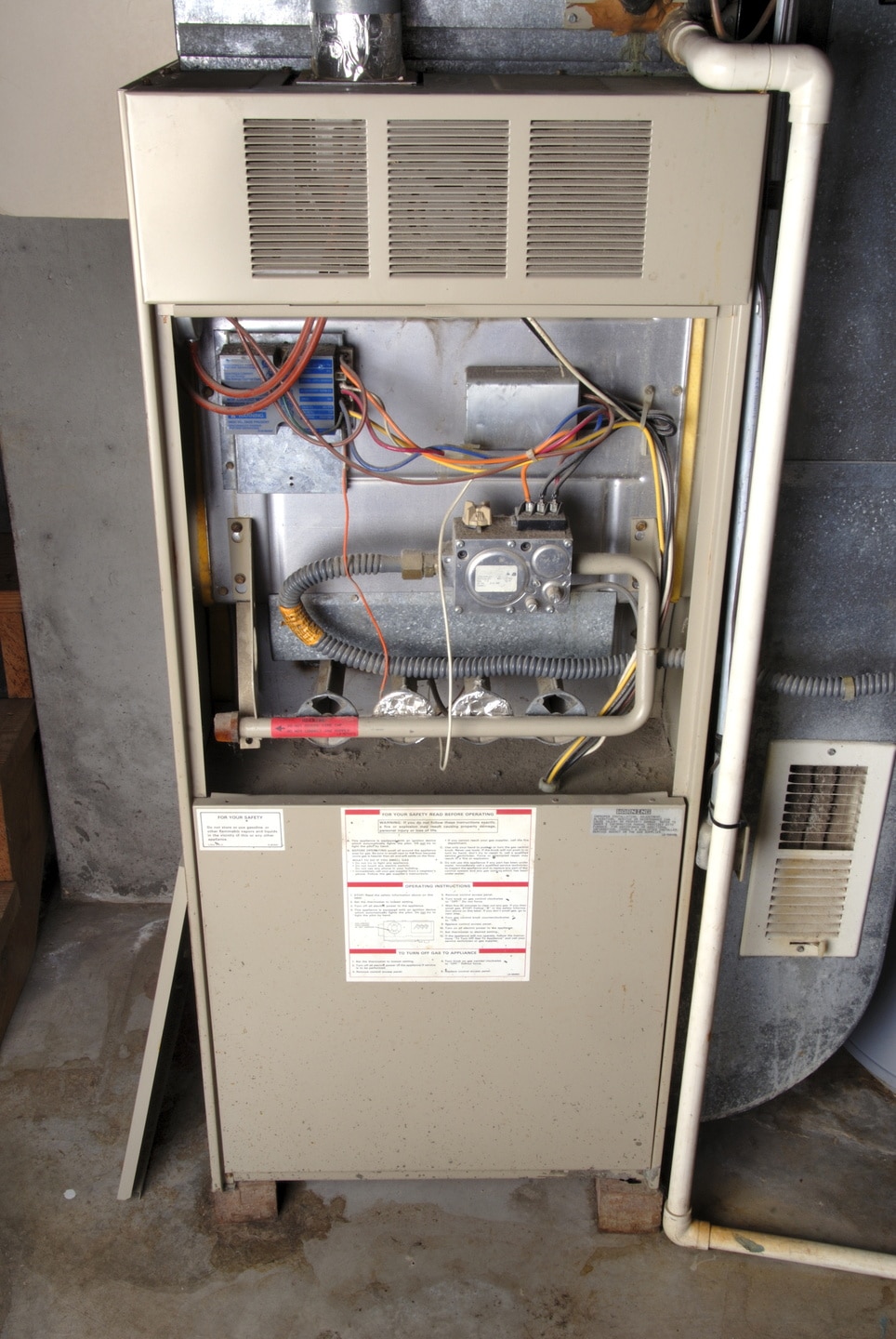
While there is a variety of types of heating systems in our area, there’s still one system that reigns as the most popular system throughout the country: the furnace. In particular, the natural gas furnace is convenient to install in most home setups and operates safely and efficiently with proper installation. For the most part, you don’t need to know too much about the inner workings of your furnace, as a qualified technician is the only person who should handle any repairs or installation.
Still, it helps to know the basics about how a furnace works. This way, you can know how to tell when something is not working as it should, and you can have a basis of understanding when a technician explains a problem within your system. We’re here to help you get some information about how your gas furnace works.
Standing Gas Pilots
Natural gas furnaces use the combustion of natural gas, usually supplied by the utility company, to ignite a flame that heats a furnace plenum.
Many people know that if a furnace stops working, they can simply relight the gas pilot. A standing gas pilot keeps a small flame lit at all times. This way, when the thermostat calls for heat, the gas valve to the burners opens and is lit by the smaller flame. What you may not realize is that most furnaces no longer use this standing gas pilot.
Electronic Ignition in Modern Furnaces
Today’s natural gas furnaces actually use electronic ignition. This differs from the way an electric furnace works, which relies entirely on electrical resistance to generate heat.
With an electronic ignition system, only a spark of electricity is needed to start the flame as the gas burners open up. Otherwise, a hot surface ignitor burns to a glowing red to start up the flame.
The Heat Exchanger
After the burners ignite, the heat exchanger heats to a certain temperature before air is blown into the system and throughout your home. The heat exchanger is a metal tube through which heat moves, and so do various combustion byproducts, including dangerous carbon monoxide. However, these byproducts move through the heat exchanger to a flue that leads outdoors, while your heat exchanger remains warm.
The Blower Fan and Filter
The blower fan sucks in air from your home, after first moving through a filter. The reason it’s so important to keep changing this filter every few months is that a dirty one may block air from moving through at all. The design of the ducts is what makes this known as a “forced-air” system, in that the blower fan moves air through them which is then forced to distribute across the various rooms in the home.
Relays, Safety Switches, and More
Finally, a note about the other components of your furnace. If you have ever worried about the safety of a modern furnace, you should know that there are many, many components that help to prevent anything from going wrong. For example, a flame sensor detects whether the gas burner is going without a flame, while the air pressure switch shuts off the system in case it is too hot. Still, it’s important to have regular maintenance completed in case something should go wrong.
Schedule service for your furnace repair in Grand Rapids today. Contact GRmetro Heating and Cooling Inc.





